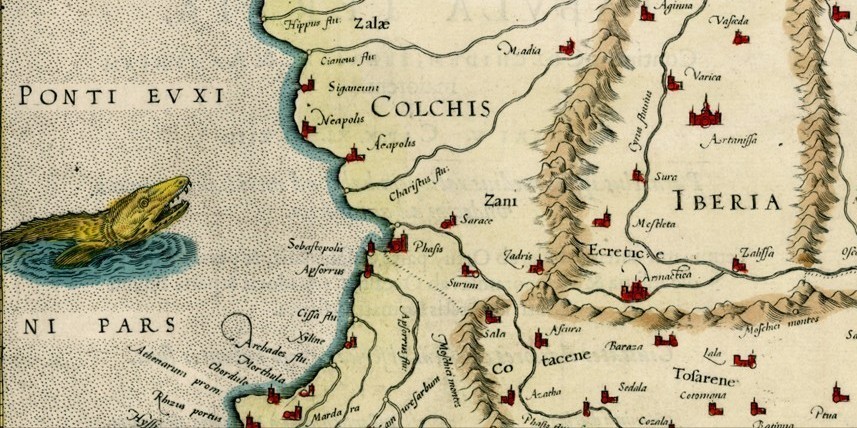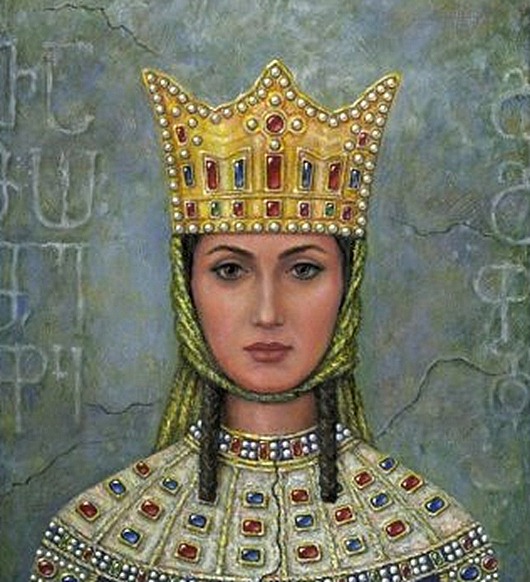Ancient Beginnings
Georgia, located at the crossroads of Europe and Asia,
has a history
dating back to the early Bronze Age.
It was home to ancient kingdoms
like Colchis and Iberia, famous
for their rich culture and trade.
The Golden Age of Georgia
Georgia’s Golden Age, spanning the 11th to 13th centuries, marked the
peak of its power, culture, and prosperity. Under the reign of King David IV,
known as David the Builder, Georgia unified and secured independence through
military victories like the Battle of Didgori in 1121. This era reached its
height under Queen Tamar, the first female monarch of Georgia, whose leadership
expanded the kingdom to its largest extent and brought an era of stability,
tolerance, and flourishing trade. Culturally, this period produced masterpieces
like The Knight in the Panther’s Skin by Shota Rustaveli and architectural
landmarks such as Gelati Monastery. Though ended by Mongol invasions in the
13th century, the Golden Age remains a defining chapter in Georgian history.
From the 13th century onwards, Georgia faced invasions and domination by Mongols,
Persians, and Ottomans. In the 19th century, it was annexed by the Russian Empire.
Soviet Era and Independence
After a brief period of independence from 1918 to 1921, Georgia was annexed by
the Soviet Union, experiencing industrial growth alongside political oppression.
Despite repression, Georgian identity persisted, with events like the 1989
Tbilisi Massacre symbolizing resistance. Georgia declared independence in 1991
following the Soviet Union's collapse, but the transition was tumultuous, marked
by civil unrest, economic struggles, and separatist conflicts in Abkhazia and
South Ossetia. In the 21st century, Georgia has pursued democratic reforms and
closer ties with Europe while maintaining its rich traditions.


